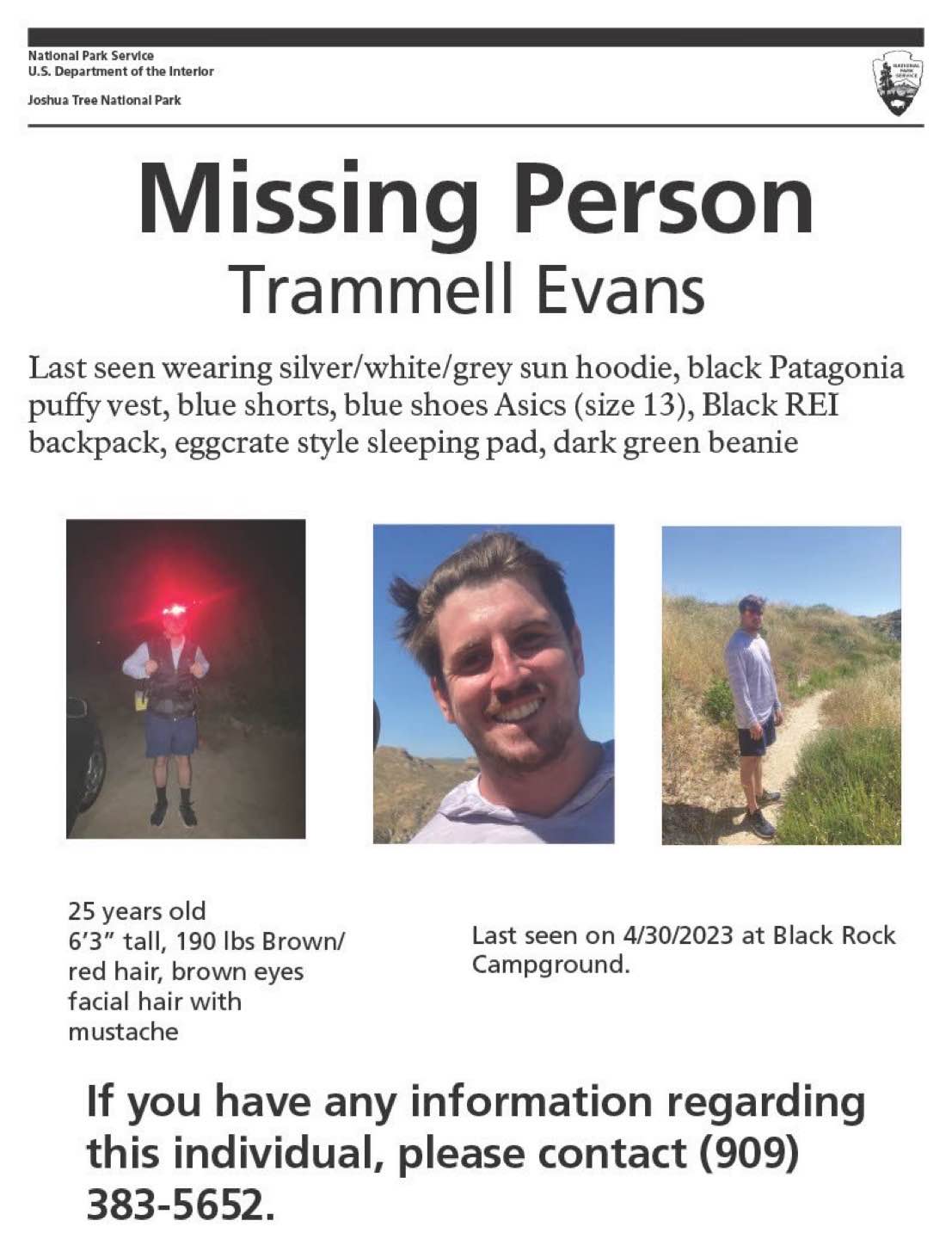mmckenna
I ♥ Ø
THIS.
Not to go off on too much of a tangent and get reprimanded by the mods, but there are FAR too many people who go "outside" and are totally unprepared. "Oh, it's OK. If I get lost or hurt I'll just use my cell phone to call for help." Yeah great. Especially if you are in an area where there is no cell coverage ... which is unfathomable to many.
Tangents, those are those things that look and taste like little oranges, right?
This does seem to happen a lot. "I'm scared and not prepared, send a helicopter". Even when there is two way communications between the "victim" and the rescuers, and the rescuers say that they are not in any danger, they still get upset. Went through that once or twice in the USCG. If people understood how much money it costs to spin up all the resources and the risks to the crews.
I can understand the fear side of the decision, and someone young or inexperienced might think that a helicopter would be the "safe" solution since it would get them out of their situation faster (or so they'd think). I've learned over the years to try and think things through before making a decision like that. Taking a few minutes to catch your breath and assess the situation was something I was always taught.



